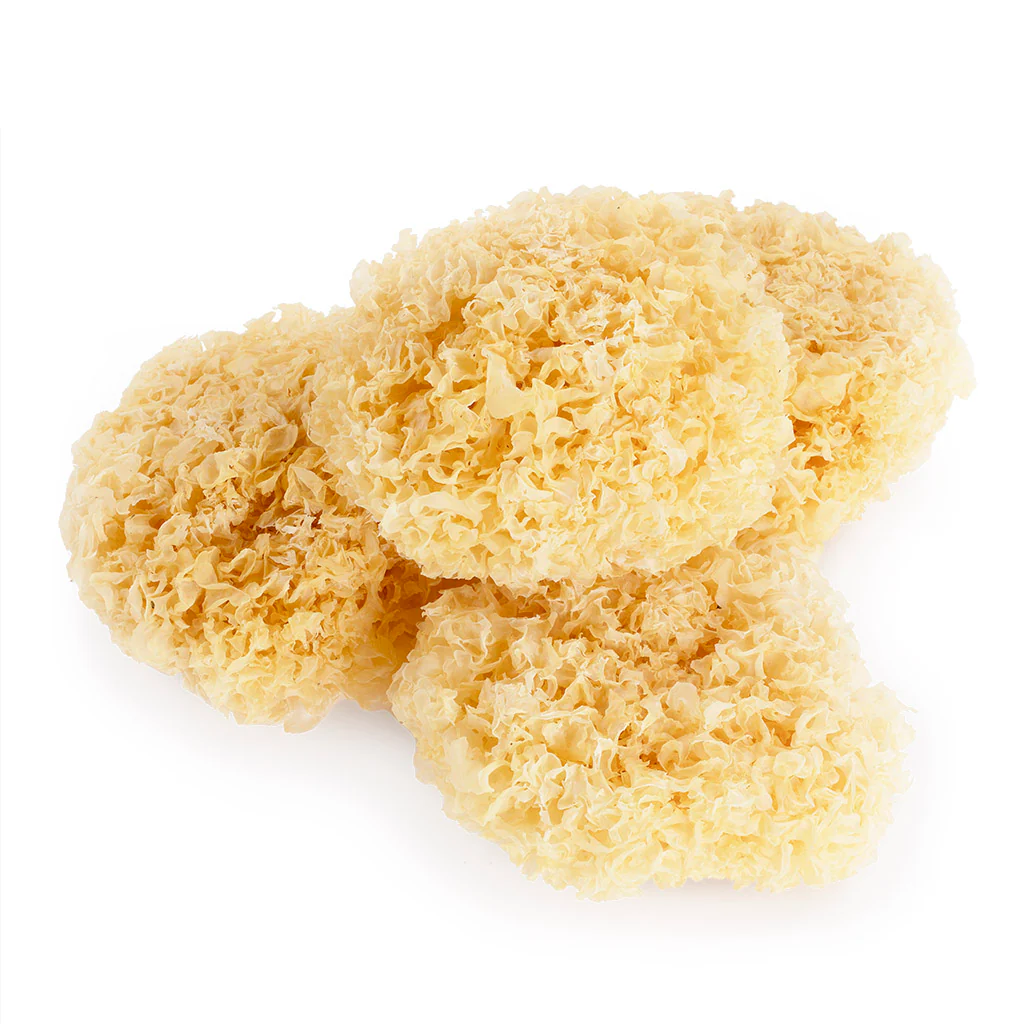Boletus, particularly Boletus edulis, is a valued edible mushroom known for its rich flavor and meaty texture. It is commonly referred to as porcini in Italian cuisine and is celebrated worldwide for its culinary uses, often found in gourmet dishes. The mushroom typically features a rounded, brown cap that can grow up to 25 cm in diameter, with a thick and stout stem. Found in symbiosis with various trees like conifers and broadleaf species, Boletus thrives in temperate climates. It contains a range of bioactive compounds, making it not only a delight for food enthusiasts but also of interest in nutritional research. Historically, Boletus has been a staple in European cooking, and its popularity is rising globally, paralleling the increasing interest in foraging and natural foods.
The unique flavor profile of Boletus is often described as nutty, earthy, and slightly sweet, making it versatile for numerous cuisines. Its umami-rich properties can enhance the taste of soups, risottos, and pasta dishes. Additionally, Boletus has been researched for its potential health benefits, contributing to a growing marketplace for mushroom-related products.
Nutritional composition plays a significant role in the appeal of Boletus. The mushroom is protein-rich, featuring a balanced profile of amino acids that are essential for human health. It contains important vitamins such as B2 (riboflavin), B3 (niacin), and vitamin D, which support metabolic activities and contribute to bone health. Alongside vitamins, Boletus is a source of dietary fiber, aiding in digestive health.
Moreover, Boletus hosts a variety of phenolic compounds associated with antioxidant activity. These compounds help neutralize free radicals in the body, potentially reducing the risk of chronic conditions. The presence of polysaccharides contributes to immune system support, enhancing the body’s natural defenses. Additionally, minerals like potassium and phosphorus are crucial for various physiological functions, including maintaining electrolyte balance and supporting cellular processes.
The array of beneficial compounds present in Boletus positions it as a functional food, appealing to those interested in health and wellness. Its versatility in cooking allows it to be enjoyed in countless preparations, whether fresh, dried, or powdered.
Boletus mushrooms are found predominantly in mixed forests across the Northern Hemisphere. They are typically located in environments that provide specific climatic and soil conditions, thriving in well-drained, loamy soils rich in organic matter. These mushrooms tend to emerge in late summer to fall when the weather is moist but not overly saturated.
In addition to Europe and North America, Boletus species are also found in Asia, particularly in countries with temperate climates. Farmers and foragers alike seek out these mushrooms for their culinary value and distinctive taste. Understanding their growth patterns is essential for successful harvesting.
The natural distribution of Boletus mushrooms may vary slightly, as different species have adapted to local conditions. Ecologically, they form important partnerships with trees, exchanging nutrients that benefit both the fungus and its host plant.
Harvesting Boletus typically involves careful collection to avoid damaging the mycelium, the main body of the fungus that lies beneath the soil. When foraging, one should select mature specimens that display characteristic features.
Dried Boletus retains much of its flavor and nutritional value, making it a popular choice for year-round cooking. Processing methods include cleaning the mushrooms and removing any damaged parts before slicing and drying them. Proper storage is vital to maintain quality; dried mushrooms should be placed in airtight containers and stored in a cool, dark place.
Fresh Boletus can be kept for a few days in the refrigerator, while careful handling is essential to prevent bruising. When properly harvested, processed, and stored, Boletus remains a highly sought-after ingredient in diverse culinary applications.
Monica Sun is a seasoned expert in the natural raw materials industry, with over a decade of experience specializing in traditional Chinese medicinal herbs, spices, and fungi. She is skilled in the sourcing, processing, and application of these materials, emphasizing sustainability and innovation. Monica Sun has contributed to the development of high-quality natural raw materials that serve as essential components in functional foods, pharmaceuticals, and cosmetics, delivering tailored solutions to meet diverse market needs.

.jpg?orientation=landscape&width=800&height=800)
.jpg?orientation=landscape&width=800&height=800)















